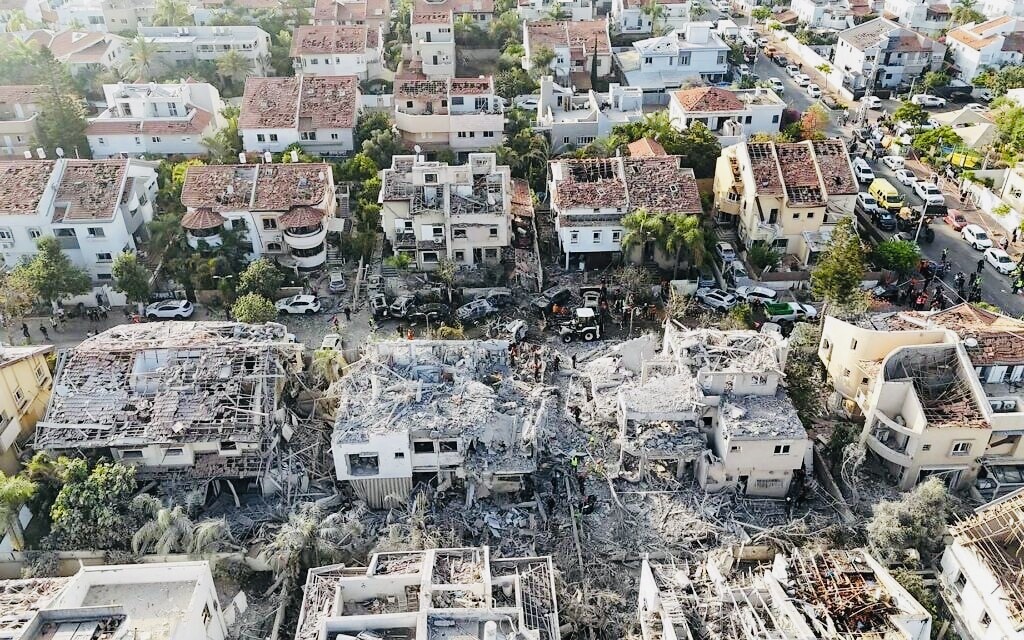On June 14, a day after Israel launched a preemptive attack on Iran, Prime Minister Benjamin Netanyahu defined Israel’s twin goals as eliminating Iran’s nuclear program and depleting its stock of ballistic missiles.
Israel’s preoccupation with eradicating Iran’s maze of nuclear facilities requires no elaboration. The issue has virtually obsessed Netanyahu for years now and figures highly in Israeli diplomacy.
Yet he is also focused on Iran’s arsenal of ballistic missiles, though he has not mentioned this subject as frequently in his speeches.
Judging by the number of missiles Iran has fired at Israel in retaliatory attacks since the start of hostilities, Israel has reason to be concerned by this Iranian threat. At last count, Iran, which is ideologically committed to Israel’s destruction, had fired more than 300 missiles into Israel.
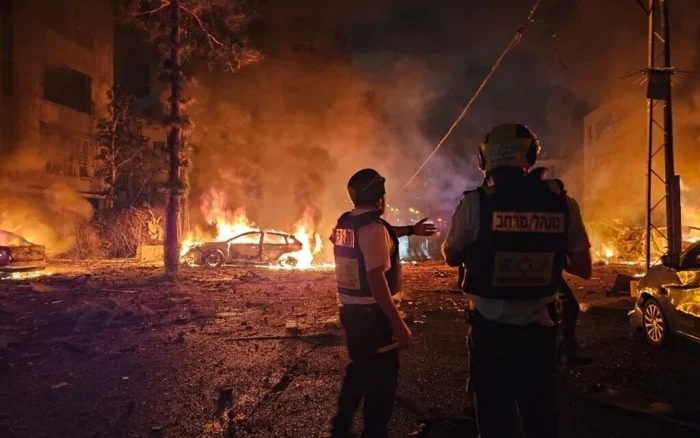
While about 85 percent to 90 percent were intercepted by Israeli air defences, or allowed to smash into open areas harmlessly, dozens got through and slammed into the Tel Aviv suburbs of Bat Yam and Ramat Gan, the cities of Rishon LeZion, Rehovot and Haifa, and the Israeli Arab town of Tamra, where four women in the same family were killed.

All in all, Iranian missile strikes have taken a relatively heavy toll, having snuffed out the lives of 24 people and injured around 400. They are the most deadly missile attacks Israel has endured in its history. Hezbollah’s missile attacks in 2024, and Iraq’s bombardment of Israel during the 1991 Gulf War, when 39 Scuds crashed into Israeli cities, pale in comparison.
Despite the heartache and misery the latest bombardments have caused, Iran’s missile offensive could have been more deadly.
According to the Institute for the Study of War, a U.S. think tank, Iran initially fired significantly fewer missiles than it intended because Israeli aircraft on June 13 destroyed missile launchers and silos that Iran had planned to use to retaliate against Israel.
“Iran originally planned to launch 1,000 ballistic missiles at Israel in response to the Israeli strikes on Iran. Iran only launched around 200 ballistic missiles in six waves, however. Israeli strikes on Iranian missile bases made it impossible to move missiles quickly from storage and place them on launch pads.”
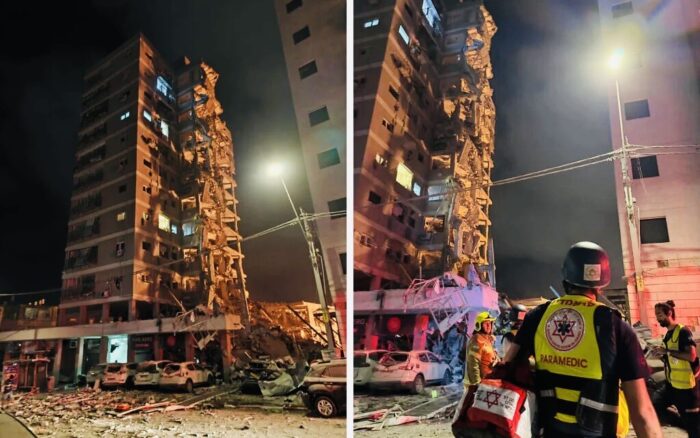
Bat Yam, a seaside town south of Tel Aviv, appears to have suffered the most damage due to Iranian missile attacks. Nine people, mostly women and children, died when their high-rise apartment buildings were struck. Yesterday, three people were still trapped under the rubble, while four remained unaccounted for.
Their deaths underscore two important points.
Israel’s vaunted air defence systems, from the Iron Dome to the Arrow, cannot provide hermetic protection, as the Israeli ambassador to the United States, Yechiel Leiter, noted.
Israelis should immediately head to bomb shelters or safe rooms when they hear incoming missile warnings. To their detriment, some Israelis disobey this life-or-death order
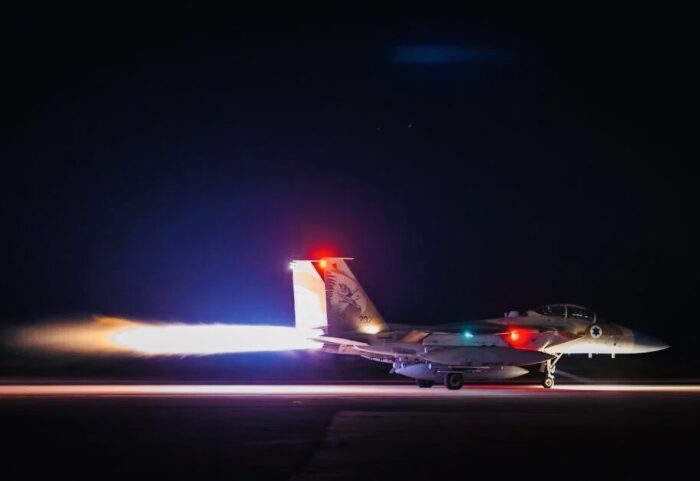
In the face of the most recent Iranian barrages, the Israeli Air Force continues to bomb Iranian missile launchers and air defence batteries and radars. A military spokesman said that Israel would press on with the task of targeting missile launchers in western Iran to prevent further attacks on Israel.
Iran began firing missiles at Israel following Israel’s bombing of the Iranian consulate in Damascus in April 2024, an air raid that resulted in the death of Mohammad Reza Zahedi, a senior commander of the Islamic Revolutionary Guard Corps’ Quds Force, and several of his colleagues.
In response, Iran fired drones, cruise missiles, and ballistic missiles at Israel, most of which were downed by the Israeli Air Force in a joint operation with the United States and its allies. Shortly afterward, Israel retaliated.
Last October, Israel and Iran clashed twice, definitely signalling an end to their lengthy shadow war.
Iran’s missile barrages, though largely neutralized by Israel and its partners, prompted analysts to warn that future Iranian strikes could be larger and more difficult to intercept, particularly if its most advanced missiles were used.
Iran has the largest and most diverse missile force in the Middle East, the Iran Watch organization estimates. Three years ago, the then commander of the U.S. Central Command, General Kenneth McKenzie, claimed that Iran possessed more than 3,000 ballistic missiles.
“This does not include Iran’s burgeoning land-attack cruise missile force,” Iran Watch says. “Iran has made substantial improvements over the past decade in the precision and accuracy of its missiles, which make them an increasingly potent conventional threat.”
The missile program is a key element in Iran’s military strategy because Western sanctions have hampered its ability to maintain and upgrade its air force, which consists mainly of dated American aircraft purchased before the 1979 Islamic revolution.
It comes as no surprise, therefore, that the Iranian Air Force has played an extremely minor role in Iran’s war with Israel, and that Iran relies almost entirely on ballistic missiles to attack Israel. Iranian drones are much less of a threat.
The Institute for National Security Studies at Tel Aviv University does not underestimate the “destructive potential” of Iranian ballistic missiles.
“These are missiles that travel along a trajectory above the atmosphere, some featuring maneuverable reentry vehicles, most with warheads weighing 500 kilograms or more,” the institute says in a paper published a few days ago. “Furthermore, due to their high velocity during descent, they accumulate significant kinetic energy, and upon impact generate blast waves and shockwaves that cause major damage in addition to the explosive payload.”
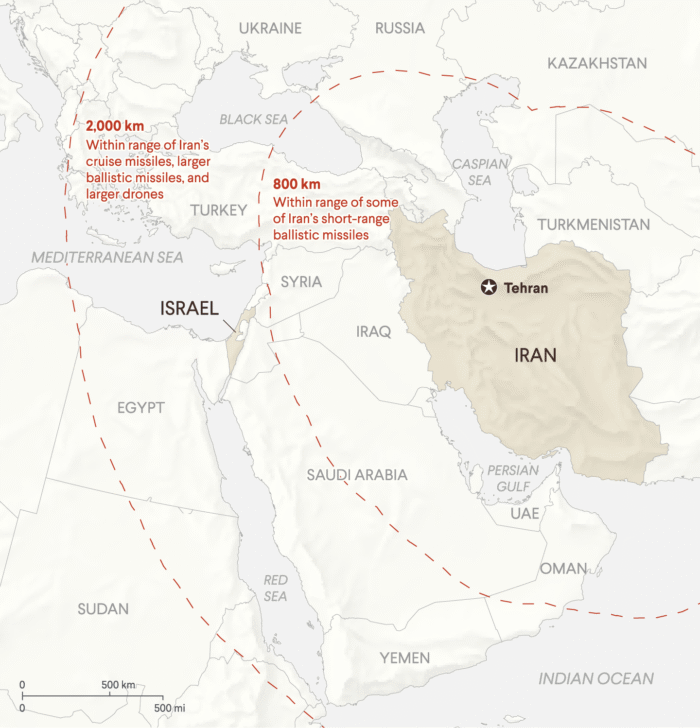
Iran’s roster of missiles includes:
The Shahab-3, based on North Korean technology and with a range of about 1,300 kilometers, is one of its most sophisticated missiles, and could potentially carry a nuclear warhead.
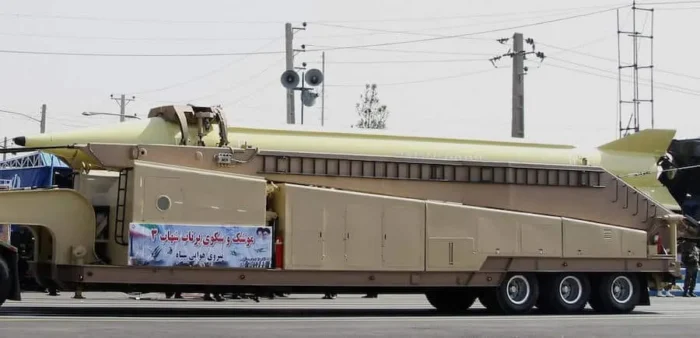
The Ghadr-1 has a range of nearly 2,000 kilometers and is designed to be nuclear capable.
The Khorramshahr, Iran’s most advanced liquid-fuel missile, has potential nuclear capability.
Iran’s medium-range ballistic missiles, such as the Sejjil and Emad, with ranges between 1,500-2,500 kilometers, could theoretically be adapted to carry nuclear warheads.
Israel deploys a multi-layered air defence shield to counter these missiles. It includes the Iron Dome, which intercepts short-range rockets and missiles; David’s Sling, which intercepts cruise missiles and medium-range rockets; the Arrow 2, which intercepts long-range missiles, and the Arrow 3, which intercepts long-range missiles outside the atmosphere.
These systems are reinforced at sea by the C-Dome, which is mounted on Sa’ar 6-class missile ships.
A new and significant addition to Israel’s defensive capabilities, the Magen Or, is a high-powered laser system, which carried out dozens of Hezbollah drone interceptions during its development phase.
Israel can also reply on the Terminal High Altitude Defence (THAAD) system, which the United States sent to Israel last year. It can intercept short-and medium-range missiles and can detect and identify targets up to 3,000 kilometers away.
Israel will need these anti-missile systems to cope with the clear and present threat posed by the specter of Iranian missiles.
